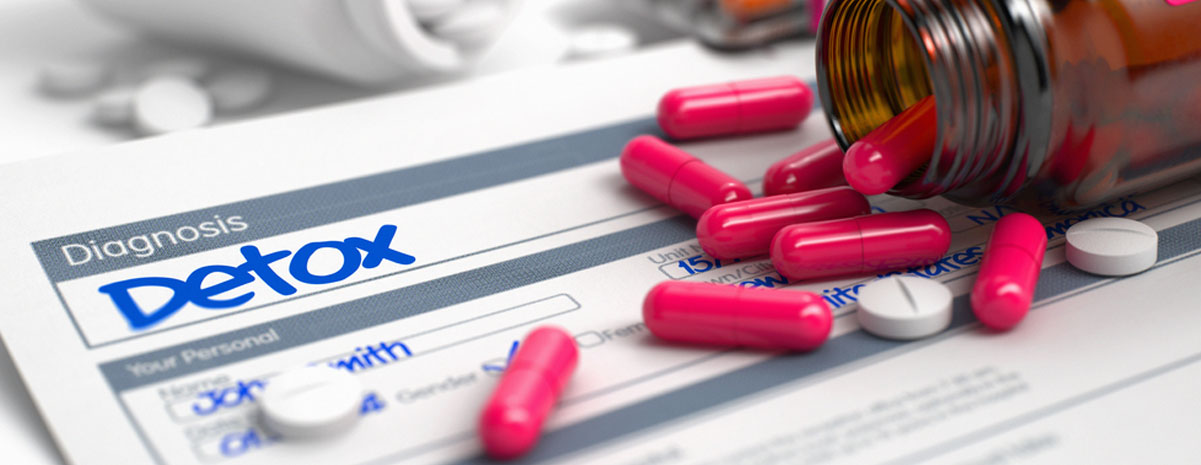Drug Withdrawal Home Remedies

Natural Detox and Home Withdrawal Dangers
Opioid and heroin withdrawal is a serious affair. Nevertheless, there is a growing popularity in home remedies and natural detox methods.
The attraction is understandable. We would all rather deal with health issues in the security and privacy of our own homes, and handling things on their own provides addicts with a sense of control over the situation. Additionally, drug treatment often carries with it a stigma of personal shame and weakness which can prevent some people from seeking help in a professional setting.
While there are many reasons for the popularity of home detox, they are outweighed by the dangers of self-treatment.
Detoxing without Professional Support
In general, withdrawal symptoms from opioids and heroin are not deadly, though they can be very painful and difficult to endure. More than a dozen symptoms include severe cramps and cravings, vomiting, agitation and anxiety, sweating and muscle aches.
Situations that can become dangerous include:
- Injury during seizures.
- Aspiration and infection from inhalation during vomiting.
- Permanent heart and lung damage from opiate withdrawal syndrome.
- The Ingredients in or the methods of home detox may interfere with other medications or health situations.
All home withdrawal methods suffer from the same basic flaws. The biggest is the lack of medically trained, professional supervision. An individual in poor health or with other health complications needs qualified attention to assure their comfort and safety during withdrawal.
Lack of a support group during and after drug detox is another issue. Relapse is always a danger, but poses a greater risk in an unsupervised setting. This is because some home and natural detox remedies can alter body chemistry in ways that can make a relapse physically dangerous.
Home Withdrawal Methods to Avoid, and Why
Here are a few of the most common home and natural detox methods and why they should be avoided:
- Going Cold Turkey. Stopping drugs immediately, without tapering dosages, brings with it some of the most severe and dangerous consequences of withdrawal, including an extremely high likelihood of relapse.
- Kratom. A plant-based drug from Southeast Asia, Kratom offers its own risks of addiction and overdose. Withdrawal from Kratom has been compared to Heroin withdrawal.
- Thomas Recipe. A strict detox schedule of at least two weeks using vitamin and mineral supplements, benzodiazepine (Valium), and over the counter products like Imodium AD to combat diarrhea. Finding ingredients can be difficult, benzodiazepine itself is addictive, and relief from withdrawal symptoms may be mild at best.
- Supplements and Hydration. A variety of home methods rely on things like B Vitamins, nutritional supplements, and good hydration. While vitamins, good nutrition, and proper hydration are helpful, they are wholly inadequate to address the severity of symptoms experienced in opioid and heroin withdrawal.
The reality is, withdrawal from opioids and heroin is a nasty business, and making the attempt to detox is one of the bravest actions an individual suffering from addition can undertake.
To ensure safety, comfort, and the support needed for an effective recovery, withdrawal and detox should take place in a professional treatment setting or under the care of a knowledgeable physician.
At Drug Testing Program Management (DTPM), our mission is to support drug labs with the equipment, supplies, reagents, and software they need to function effectively and profitably.
If your treatment center or physician’s office laboratory would like to know more about how DTPM can help with drug testing equipment, supplies, and lab management concerns, call us today at 256-845-1261, or visit our website at www.DTPM.com.
